Minnesota Water Quality at a Glance
notable concerns
Is Minnesota Water Safe to Drink?
Generally Yes, With Some Regional Concerns – 97% of Minnesota’s water systems meet federal standards, significantly better than the national average. However, 22 water systems exceed new federal PFAS limits affecting over 140,000 residents. Additional concerns include nitrates (especially in southeastern counties) and arsenic in 40% of wells. The East Metro area has the most significant PFAS contamination covering 150 square miles, stemming largely from decades of 3M manufacturing.
⚠️ Key Concerns for Minnesota Residents
- PFAS “Forever Chemicals”: 22 systems exceed federal limits; 2.9 million have detectable levels; 1.5 million exceed EPA health advisories
- East Metro Contamination: 150-square-mile groundwater plume from 3M operations; Lake Elmo most severely affected
- Nitrates: Southeastern Minnesota priority area; 8 counties require response; 11% of wells exceed safe levels in some townships
- Arsenic: Naturally occurring in 40% of wells statewide; 6 community systems exceeded limits in 2024
Read the full report below for detailed analysis, city-specific data, and actionable recommendations for Minnesota residents.
Minnesota – Land of 10,000 Lakes – Water Quality Report 2025: PFAS Testing, Infrastructure Concerns & Safety across your state
Minnesota’s water infrastructure serves approximately 5.7 million residents across diverse geographical regions, from the Iron Range in the north to the Minnesota River Valley in the south. The state operates through a network of approximately 6,600 total public water systems, including 965 community water systems and approximately 5,635 noncommunity systems, ranging from large municipal utilities serving the Twin Cities metro area to smaller rural systems providing essential services to outstate communities. Minnesota’s water sources include abundant groundwater aquifers, the Mississippi River, and numerous lakes that supply both urban centers and agricultural areas.
Minnesota has established itself as a national leader in water quality protection and PFAS regulation. According to the Minnesota Department of Health’s 2024 annual report, 97% of Minnesota’s community water systems met all federal health-based standards throughout the year. The state has received over $61 million in federal infrastructure investments from the Biden-Harris Administration’s Bipartisan Infrastructure Law to address water system improvements, with an additional $240 million in state funding specifically for lead service line replacement. Minnesota’s pioneering approach to PFAS regulation includes Amara’s Law, which bans non-essential PFAS use by 2032, and comprehensive monitoring programs that position the state at the forefront of emerging contaminant management and water quality protection for all residents.
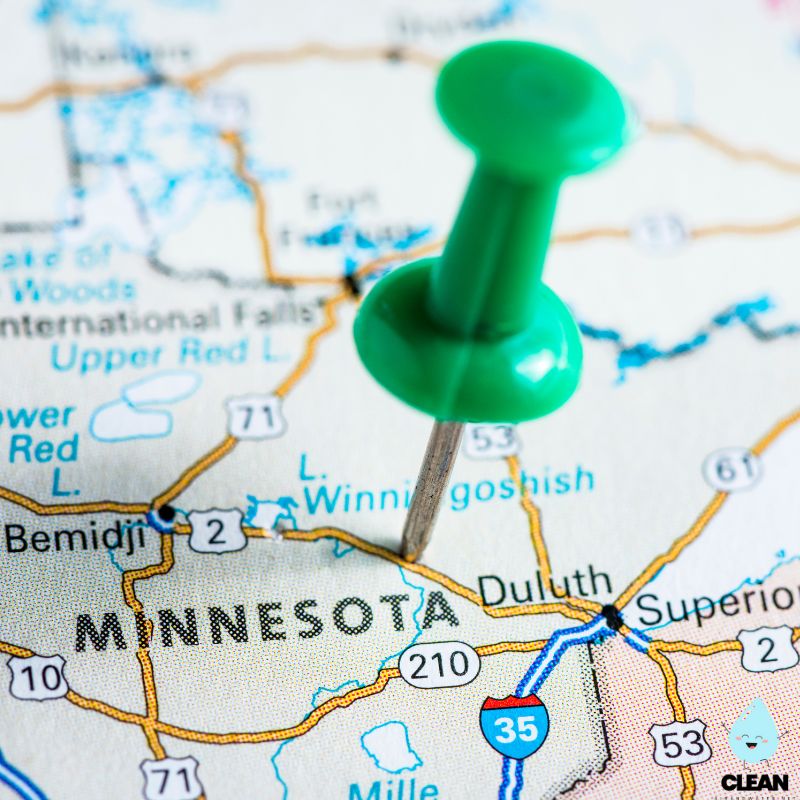
Minnesota Water Quality: Current Status (2024-2025)
Statewide Compliance and Testing
- Overall Compliance: 97% of Minnesota’s 965 community water systems met all federal Safe Drinking Water Act standards in 2024, demonstrating the state’s strong commitment to water quality protection and regulatory compliance.
- PFAS Leadership: Minnesota has completed comprehensive PFAS testing of community water systems statewide, with 22 systems identified as exceeding new EPA limits requiring treatment upgrades by 2029.
- Infrastructure Investment: Over $61 million in federal Bipartisan Infrastructure Law funding allocated to Minnesota for water infrastructure improvements, plus $240 million in state funding specifically for lead service line replacement programs.
Major Water Sources and Challenges
- Groundwater Dominance: Approximately 75% of Minnesotans rely on groundwater sources, with most community systems using wells tapping underground aquifers, while 25% depend on surface water sources requiring enhanced treatment and monitoring.
- Surface Water Systems: 42 community systems use surface water from lakes and rivers, including major municipal systems serving Minneapolis, St. Paul, and other large cities, requiring more extensive treatment and monitoring.
- Lead Service Lines: An estimated 100,000 lead service lines throughout the state require replacement to meet new federal requirements and protect public health, particularly for children and pregnant women.
PFAS Regulation and Response
- Amara’s Law Implementation: Minnesota’s pioneering PFAS legislation phases out non-essential PFAS use by 2032, with initial product bans taking effect January 1, 2025, making it among the strictest PFAS regulations in the nation.
- 3M Settlement Program: $850 million settlement with 3M provides funding for drinking water treatment and natural resource restoration in the East Metro, covering communities affected by PFAS contamination spanning 150 square miles.
- Comprehensive Monitoring: Statewide PFAS monitoring project completed for community water systems, with results publicly available through an interactive dashboard and ongoing monitoring programs for affected systems.
Health Equity and Rural Communities
- Targeted Assistance: Source Water Protection grants prioritize disadvantaged communities, with programs specifically designed to address infrastructure disparities in rural and underserved areas.
- Private Well Support: Enhanced technical assistance and testing programs for rural residents relying on private wells, including free testing for schools and childcare facilities and PFAS monitoring near potential contamination sources.
- Climate Resilience: Proactive planning for extreme weather events including flooding and drought, with climate workgroups developing strategies to protect drinking water infrastructure and maintain reliable service.
Looking Forward: 2025-2030
Minnesota’s water quality future is shaped by its leadership in PFAS regulation and commitment to infrastructure modernization. With Amara’s Law implementation beginning in 2025 and comprehensive lead service line replacement programs underway, the state is positioned as a national model for proactive water quality protection. The combination of federal infrastructure investments, state funding commitments, and innovative regulatory approaches ensures that Minnesota residents will continue to have access to safe, reliable drinking water while addressing both legacy contamination and emerging contaminants through science-based, equitable solutions that protect all communities across the state.
Recommendations for Minnesota Residents

Access Your Water Quality Data
Review your utility’s annual Consumer Confidence Report and use Minnesota’s interactive PFAS dashboard to check testing results. Contact the Minnesota Department of Health at 651-201-4700 for assistance accessing local water quality information.

Support Lead Service Line Replacement
Stay informed about Minnesota’s $240 million lead service line replacement program. Contact your water utility to learn about planned replacements in your area and take advantage of available grants and technical assistance.
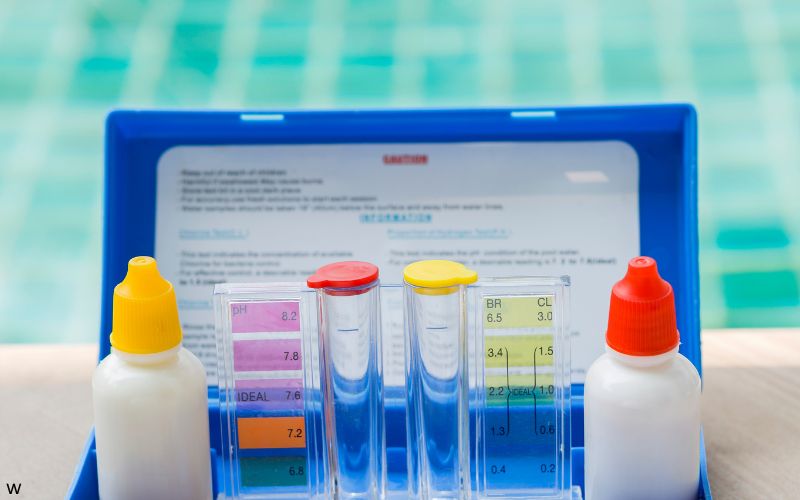
Test Private Wells
If you rely on a private well, test annually for bacteria and nitrate, and consider PFAS testing if you’re near potential contamination sources. MDH provides free testing programs for schools and childcare facilities.
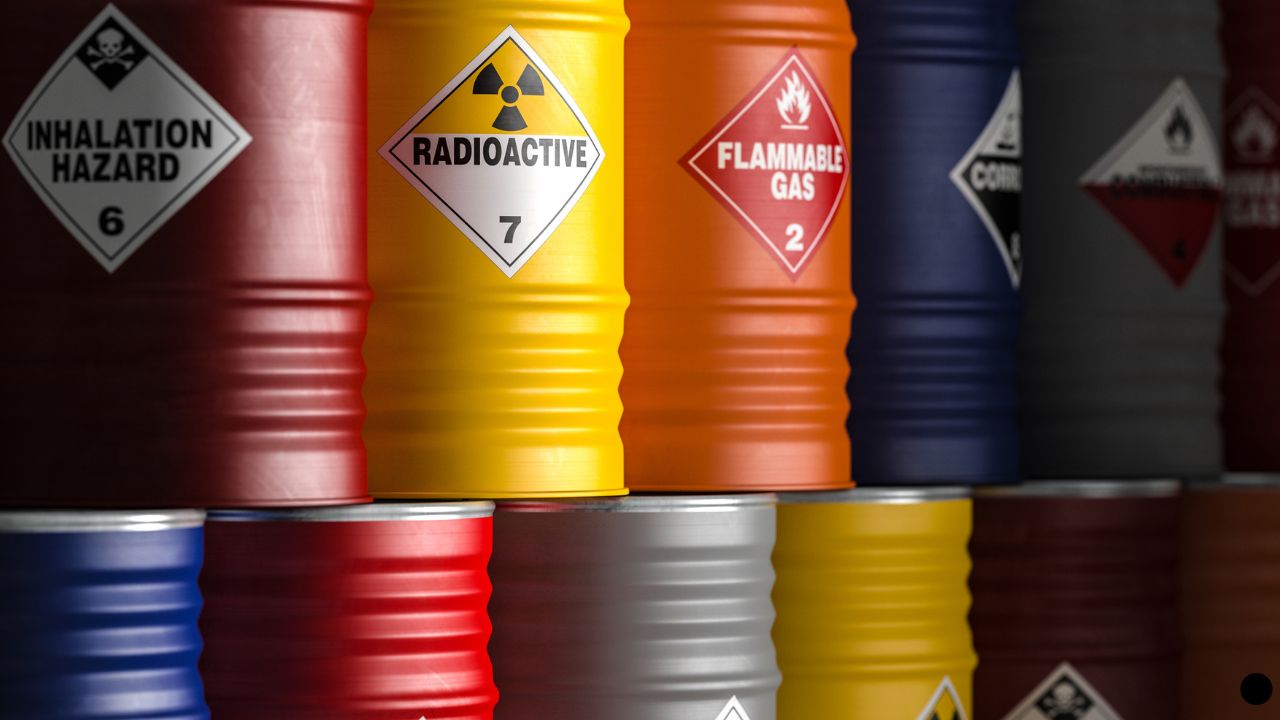
Reduce PFAS Exposure
Support Amara’s Law by choosing PFAS-free products when available. Avoid non-stick cookware, stain-resistant textiles, and other products containing PFAS chemicals to reduce overall exposure from multiple sources.

Protect Source Water
Participate in source water protection efforts by properly disposing of household chemicals, supporting conservation measures, and engaging with local wellhead protection planning to safeguard Minnesota’s groundwater and surface water resources.
Minnesota Cities We Cover
Minneapolis Water Quality
Comprehensive analysis of Minneapolis Water Treatment & Distribution Services, serving Minnesota’s largest city. Includes detailed information on surface water treatment, PFAS monitoring results, and infrastructure modernization efforts.
Frequently Asked Questions
Is Minnesota’s tap water safe to drink?
Yes, 97% of Minnesota’s community water systems met all federal health-based standards in 2024, making it among the safest drinking water in the nation.
The Minnesota Department of Health conducts comprehensive monitoring across all 965 community water systems and approximately 5,635 noncommunity systems. While 22 systems have PFAS levels above new EPA limits, these systems are implementing treatment upgrades and have until 2029 to comply. Minnesota’s proactive approach to water quality testing, lead service line replacement, and PFAS regulation demonstrates the state’s commitment to protecting public health through science-based water management.
What is Amara’s Law and how does it protect Minnesotans?
Amara’s Law is Minnesota’s pioneering PFAS legislation that bans non-essential “forever chemicals” use by 2032, with initial restrictions starting in 2025.
Named after a young cancer patient, the law phases out PFAS in consumer products including cookware, cosmetics, textiles, and cleaning products. Beginning January 1, 2025, certain categories of products with intentionally added PFAS are prohibited from sale in Minnesota. This makes Minnesota the first state to implement such comprehensive PFAS restrictions, addressing contamination at its source rather than just treating contaminated water after the fact.
How can I find my local water quality information?
Minnesota residents can access water quality information through several reliable sources:
• Consumer Confidence Reports: Contact your water utility for annual water quality reports detailing all testing results and any violations or concerns
• Interactive PFAS Dashboard: Visit the Minnesota Department of Health’s online dashboard to view PFAS testing results for community water systems statewide
• MDH Direct Contact: Call 651-201-4700 for assistance accessing local water system data and understanding test results
• Private Well Testing: Access free testing programs for schools and childcare facilities, plus guidance for homeowners with private wells
What funding is available for water infrastructure improvements?
Minnesota has secured substantial funding for water infrastructure modernization:
Federal Investment: Over $61 million from the Bipartisan Infrastructure Law for drinking water system improvements, PFAS treatment, and disadvantaged community support
State Commitment: $240 million in state funding specifically for lead service line replacement, with grants covering private portions of service lines
3M Settlement: $850 million settlement provides funding for PFAS treatment and natural resource restoration in the East Metro area
Targeted Assistance: Source Water Protection grants and Drinking Water Revolving Fund loans prioritize disadvantaged communities and health equity improvements
Quality News About Your Water
Get the comprehensive water quality news coverage you need with our dedicated US Water News Service. From coast to coast, we deliver in-depth reporting and expert analysis on PFAS contamination, EPA regulatory changes, infrastructure developments, and emerging water safety issues affecting communities nationwide. While mainstream media only covers the biggest stories, we provide the detailed, ongoing coverage that helps you understand the full scope of America’s water challenges. Whether you’re a concerned citizen, water professional, or community leader, our daily updates and analytical insights keep you informed about the issues that matter most to public health and environmental safety.
Contaminants of Concern

PFAS “Forever Chemicals”
Source: Industrial manufacturing in the East Metro (3M facilities), firefighting foam use, consumer products including non-stick cookware and stain-resistant textiles
Health Effects: Linked to cancer, liver damage, immune system suppression, high cholesterol, and developmental effects in children from prolonged exposure
Current Status: 22 Minnesota water systems exceed new EPA limits requiring treatment by 2029; 2.9 million Minnesotans have detectable PFAS levels; $850 million 3M settlement funds treatment in East Metro covering 150 square miles EPA Limits: 4 parts per trillion for PFOA and PFOS individually, with hazard index for other PFAS compounds
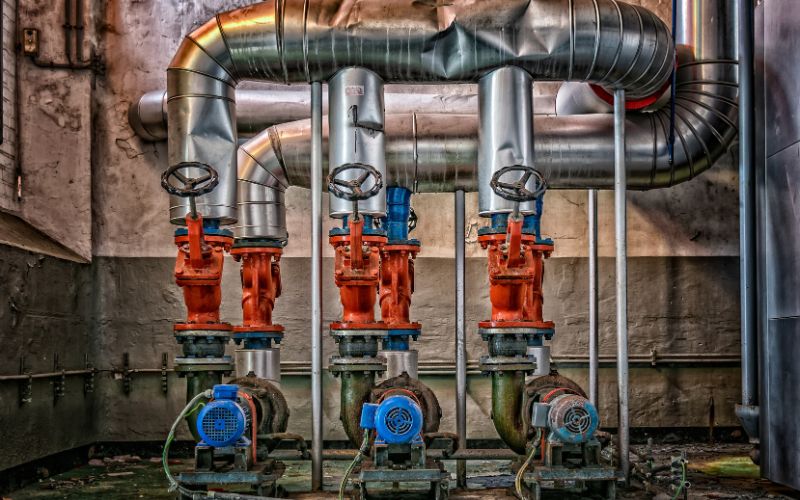
Lead Service Lines
Source: Estimated 100,000 lead service lines throughout Minnesota connecting water mains to homes, primarily in older communities built before lead pipe bans
Health Effects: Lead exposure can cause developmental delays, learning difficulties, and behavioral problems in children; neurological effects and kidney damage in adults
Current Status: $240 million state funding program provides grants for complete lead service line replacement, with enhanced monitoring and treatment optimization Action Level: 15 parts per billion current federal limit, with proposed reduction to 10 ppb under new EPA rules
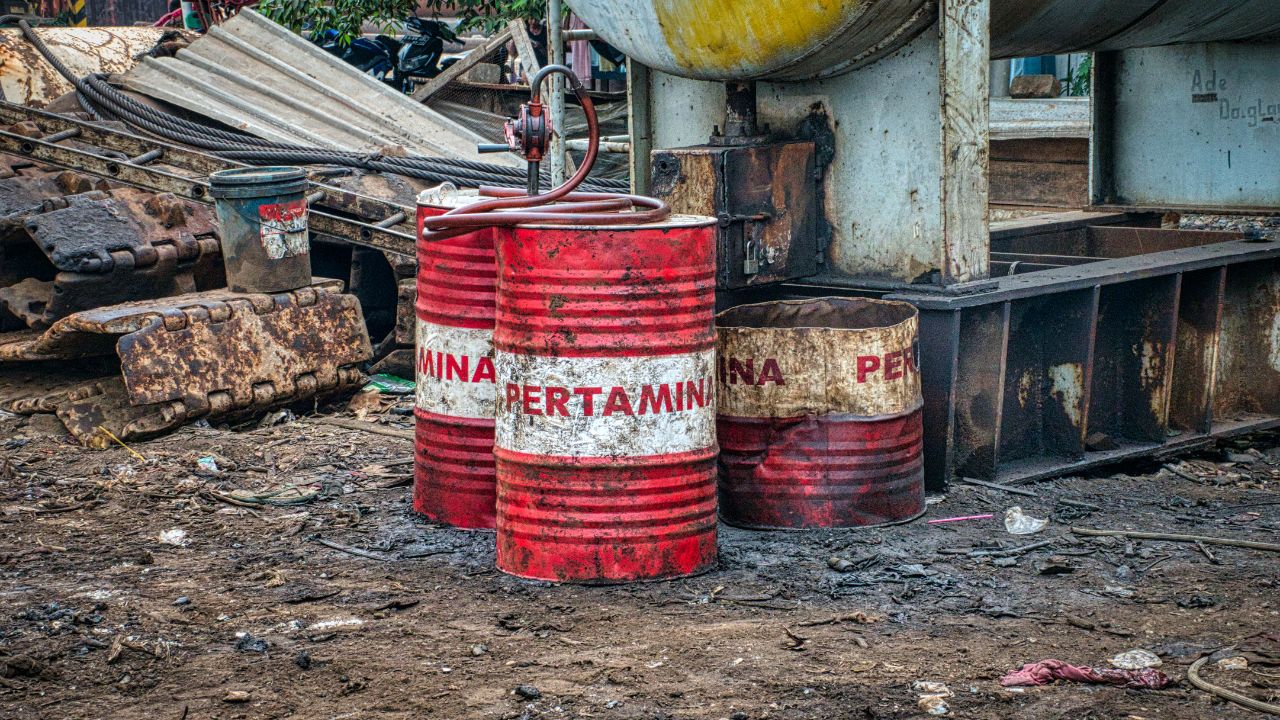
Nitrates
Source: Agricultural fertilizer runoff, livestock operations, septic systems, and wastewater treatment facilities, particularly affecting southeastern Minnesota counties
Health Effects: Methemoglobinemia (blue baby syndrome) in infants under 6 months; potential links to thyroid problems, pregnancy complications, and colorectal cancer with long-term exposure
Current Status: EPA response required in 8 southeastern counties; over 10% of private wells exceed safe levels in some townships; 2 community systems exceeded limits in 2024 EPA Standard: 10 milligrams per liter maximum contaminant level for drinking water

Arsenic
Source: Naturally occurring in Minnesota bedrock and soil, with some historical contamination from past pesticide use and wood preservation treatments
Health Effects: Increased cancer risk (bladder, lung, skin), cardiovascular disease, diabetes, and neurological effects with long-term exposure to elevated levels
Current Status: Found in approximately 40% of Minnesota wells; 6 community systems exceeded federal limits in 2024; all new wells tested since 2008 EPA Standard: 10 parts per billion maximum contaminant level for public water systems
Please read – our information
The information presented on cleanairandwater.net is compiled from official water quality reports, trusted news sources, government websites, and public health resources. While we strive for accuracy and thoroughness in our presentations, we are not scientists, engineers, or qualified water quality professionals.
Our mission is to present water quality information in an accessible, real-world format that helps people understand what’s in their water and make informed decisions about their health and safety. We believe that complex environmental information should be available to everyone in a format that’s easy to understand.
We make every effort to ensure our content is current and accurate, but we cannot guarantee that all information is complete or error-free. This website should not replace official communications from your local water utility or health department. We always recommend consulting official sources for the most up-to-date information regarding your specific water system.
Clean Air and Water is not liable for any unintentional errors, omissions, or outdated information. The content on this site is provided for informational purposes only and should not be considered professional advice.


